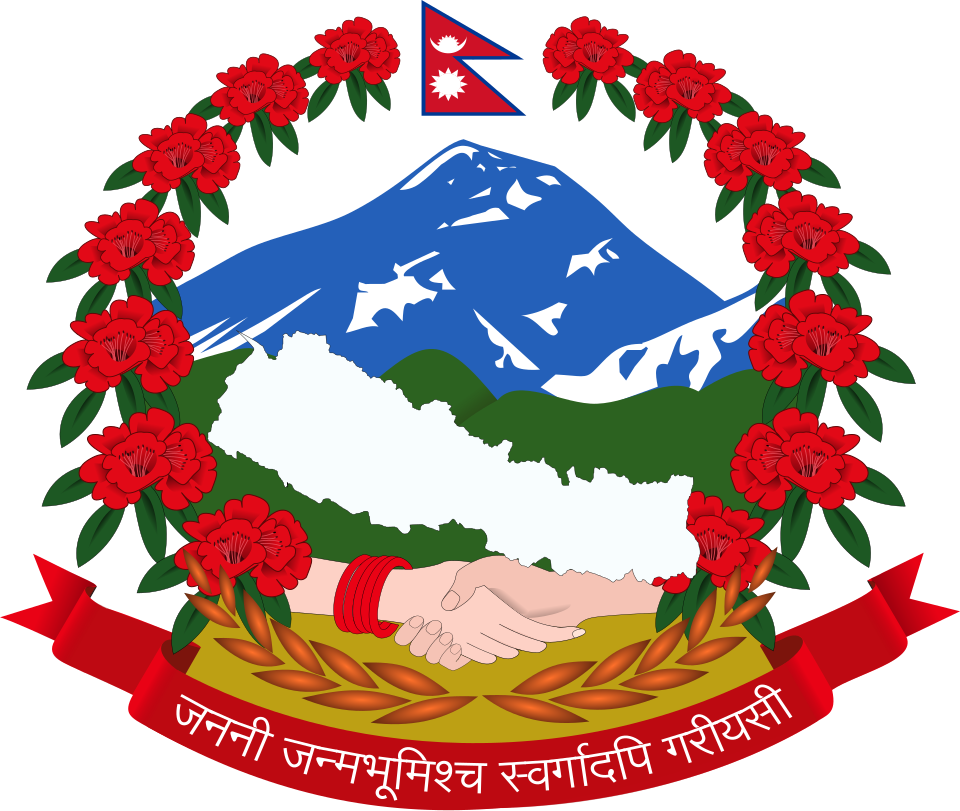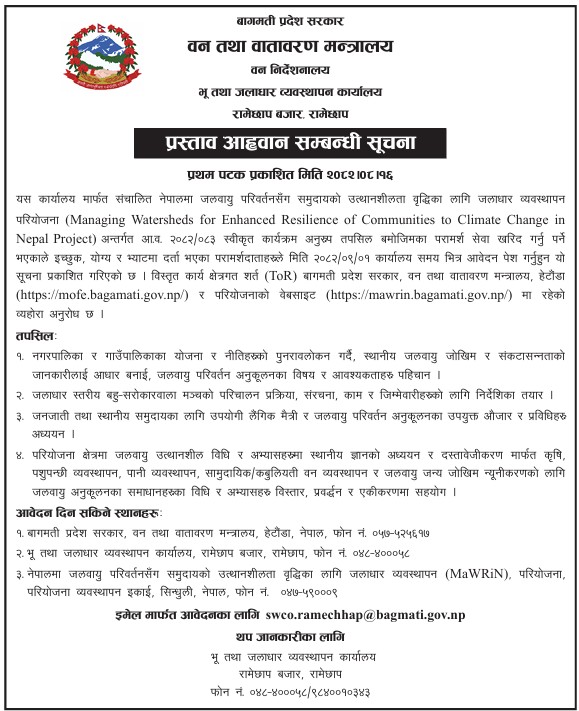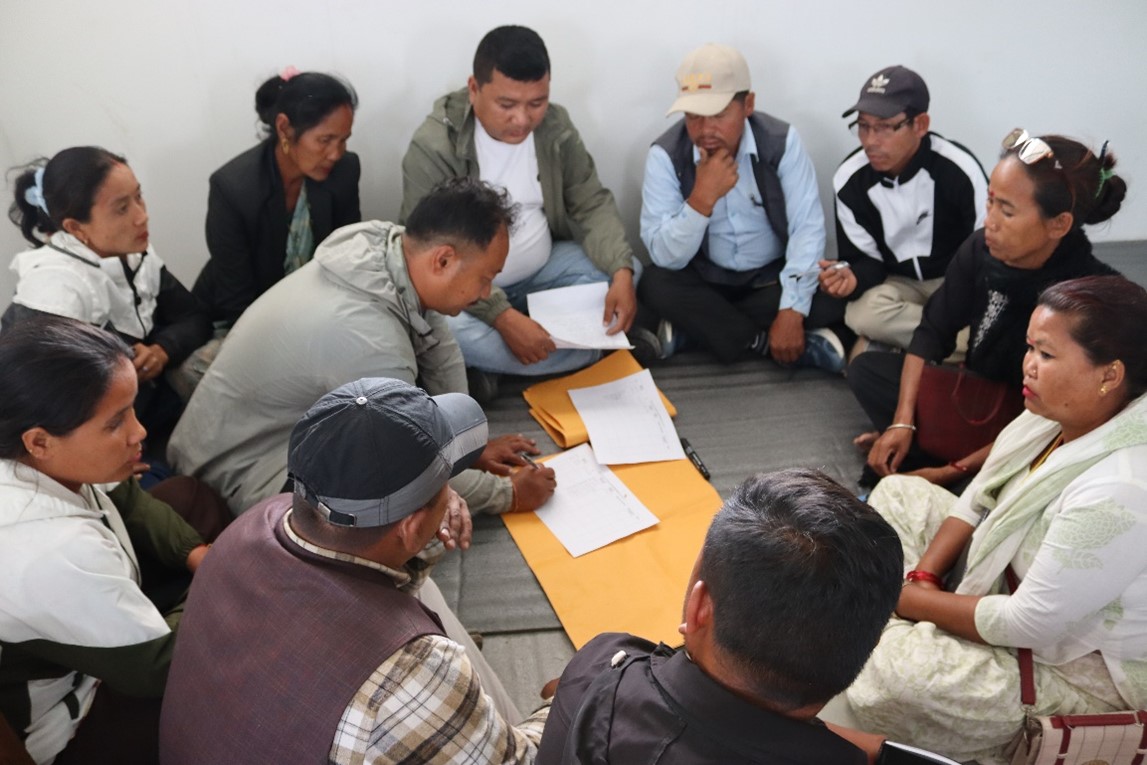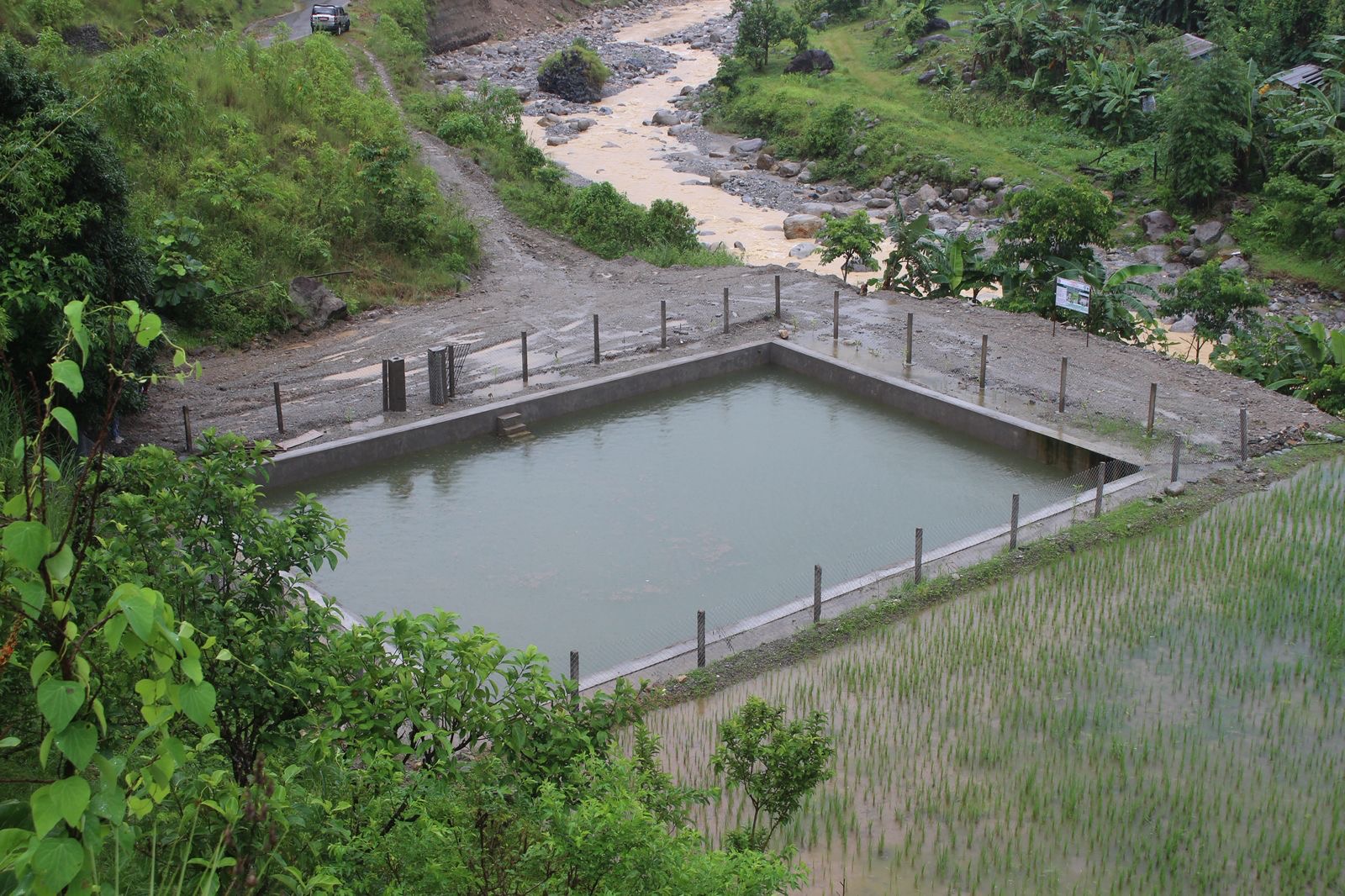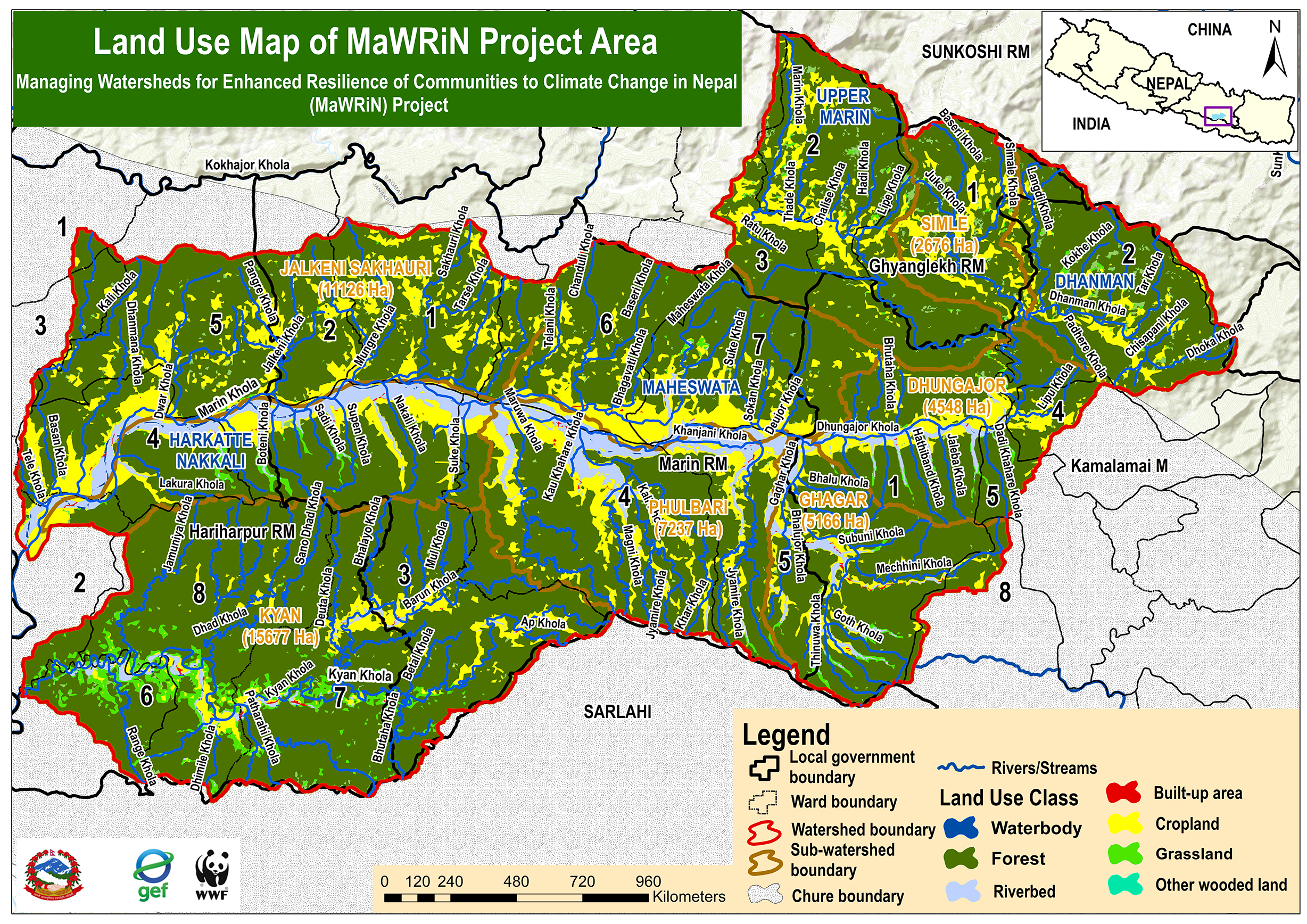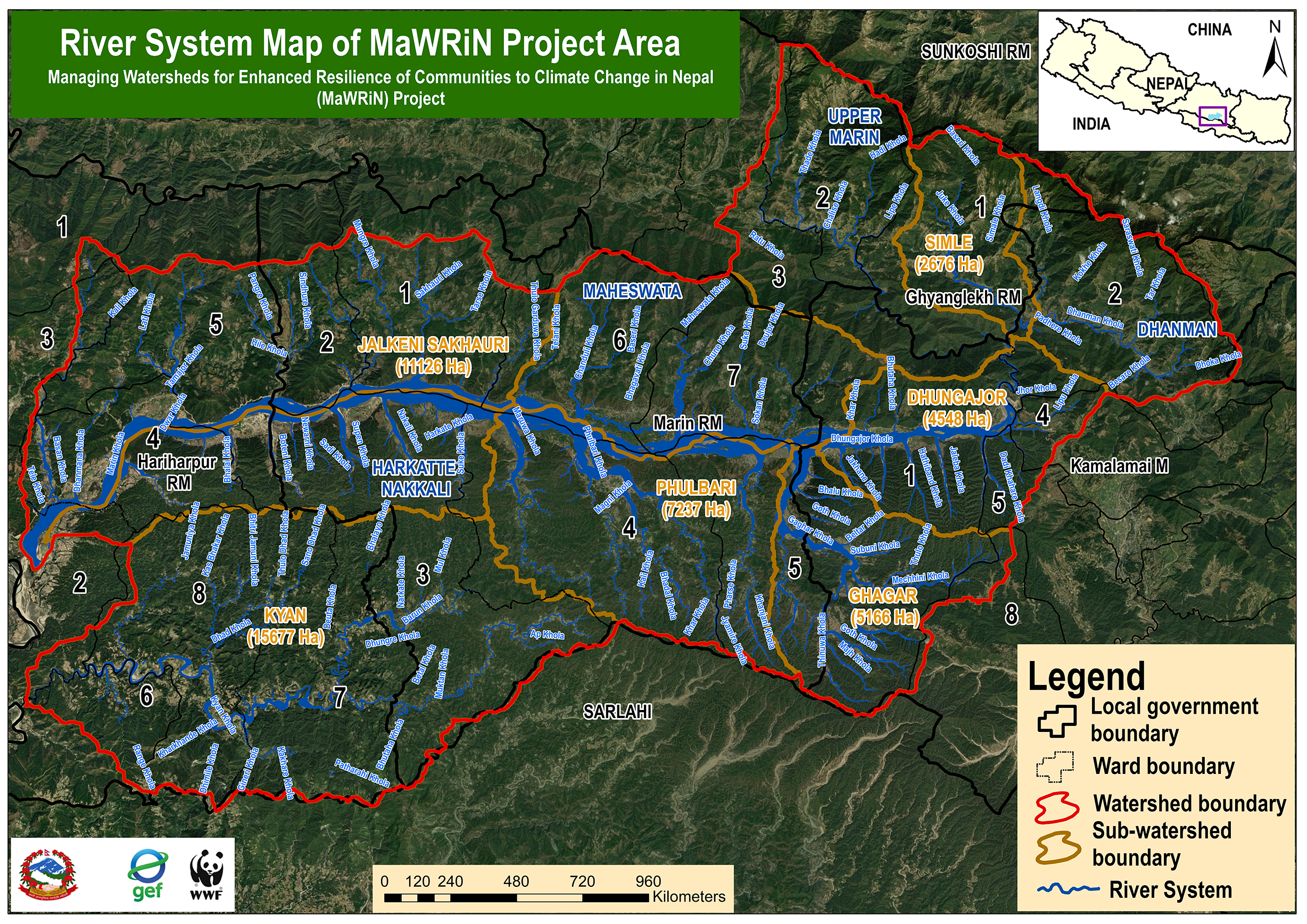MaWRiN Project
Climate change emerges as one of the biggest challenges to prosperity and sustainable development in Nepal. As a least developed country with a high poverty rate of 18.7% and a predominantly agrarian economy mainly influenced by the monsoon, Nepal is highly vulnerable to climate change. Nepal’s rugged topography and fragile geology also render it vulnerable to climate change. The Managing Watersheds for Enhanced Resilience of Communities to Climate Change in Nepal (MaWRiN) Project considers watershed approach to ensure the longer-term resilience of local and indigenous communities against climate emergencies. Funded by the Global Environment Facility (GEF), the project is implemented through an agreement between the World Wildlife Fund (WWF) (WWF GEF Agency) and the Ministry of Forests and Environment (Project Executing Agency), Government of Nepal, and the Ministry of Forests and Environment, Bagmati Province (Project Executing Partner).
The project area covers two major rivers, i.e., Marin and Kyan in the midwestern part of Sindhuli District, within the Churia belt of Nepal. The watershed is highly vulnerable to climate change, with higher exposure to multiple hazards such as landslides, floods, and droughts and higher sensitivity to indigenous and local people in terms of livelihood depends on subsistence agriculture.
Project Area
Located in the midwestern part of Sindhuli District, within the Churia belt of Nepal
Photo Gallery
Visual documentation of our project activities and community engagement
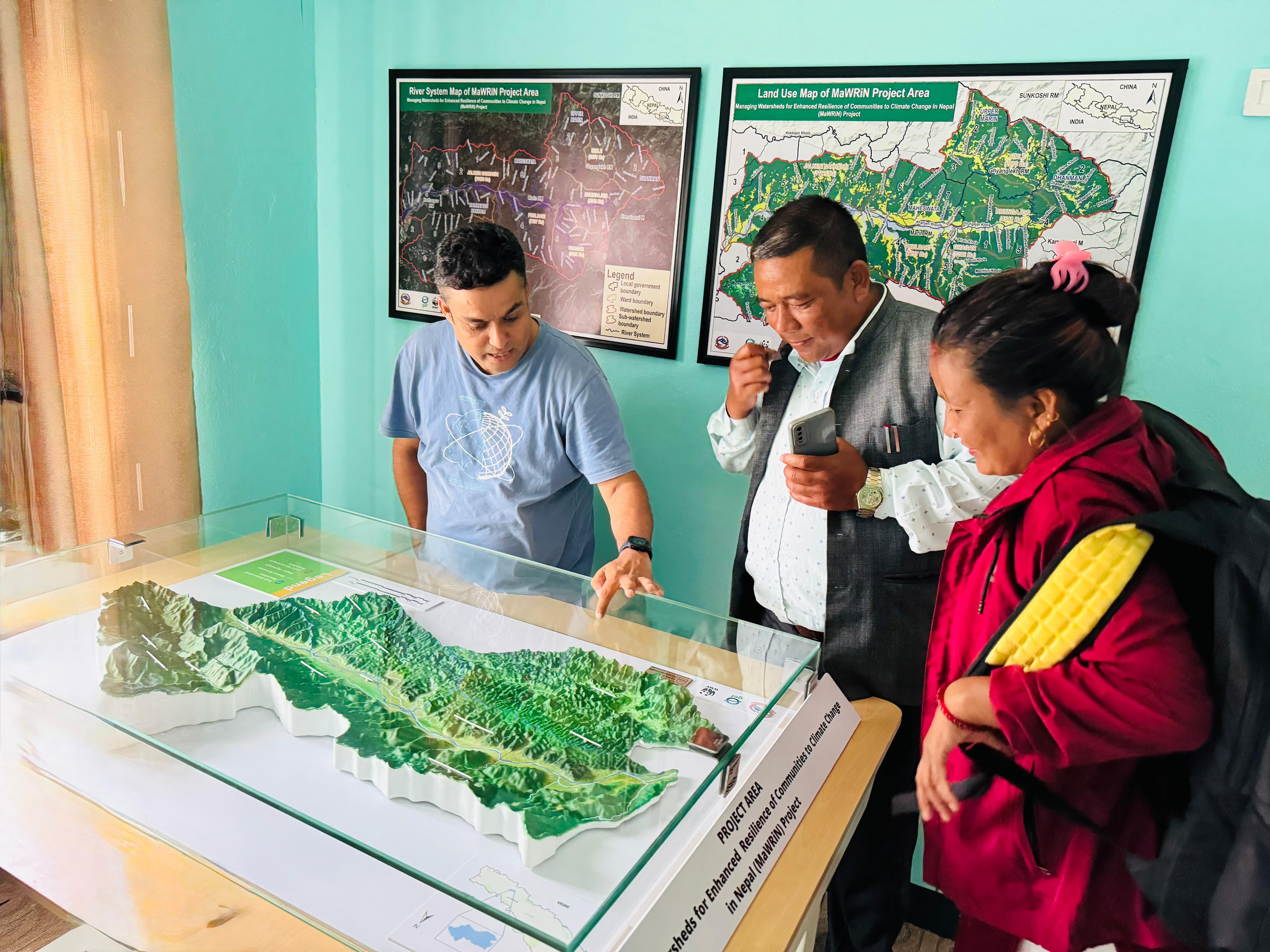 3D Terrain Model of MaWRiN Project's Landscape
3D Terrain Model of MaWRiN Project's Landscape
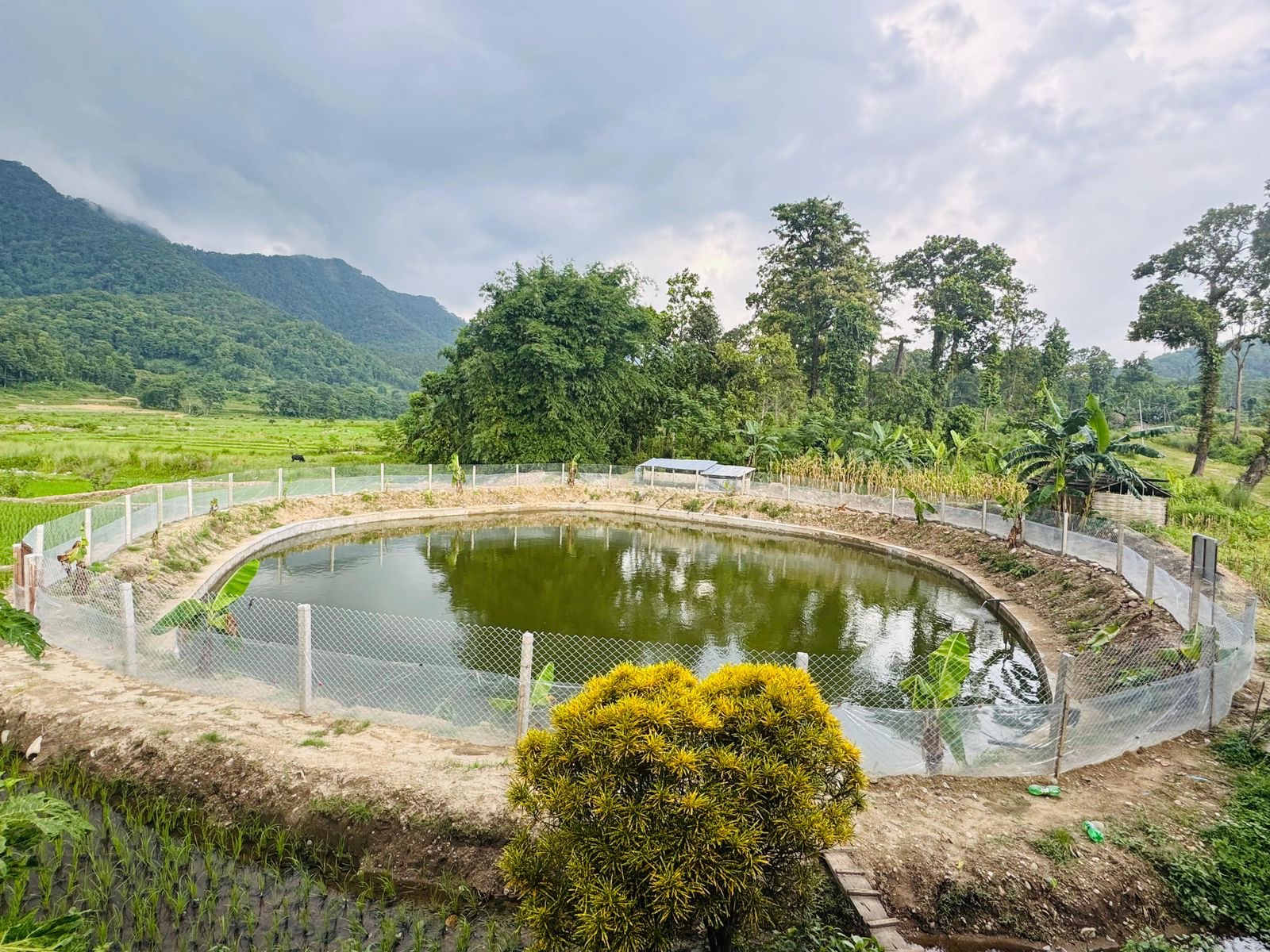 Fishery pond development
Fishery pond development
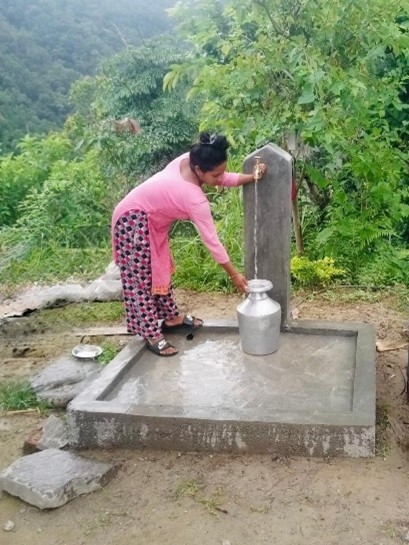 Restoration and protection of water sources
Restoration and protection of water sources
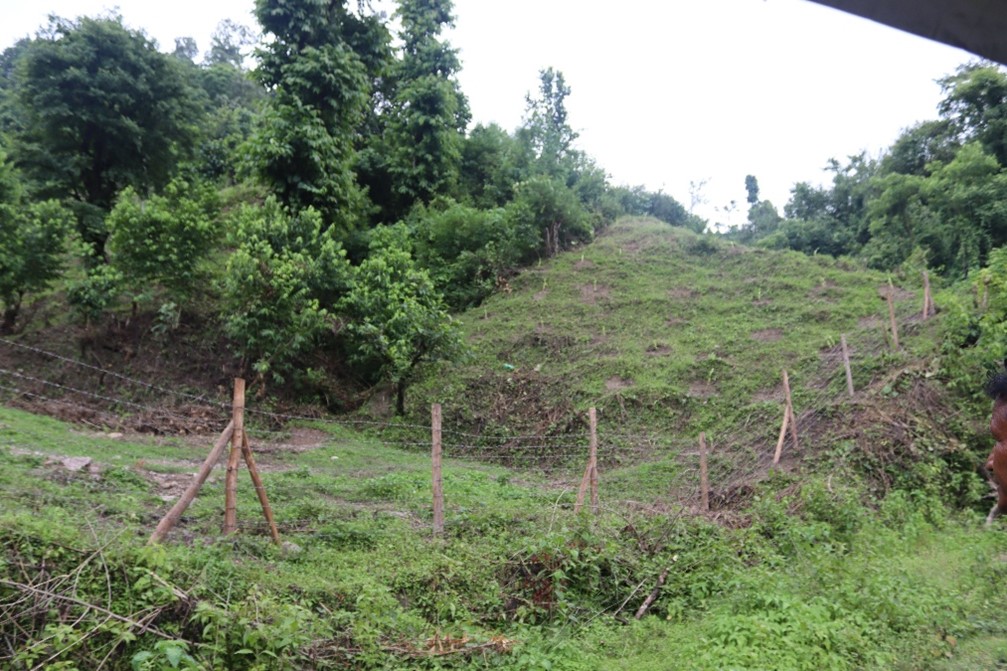 Plantation support including protection and fencing
Plantation support including protection and fencing
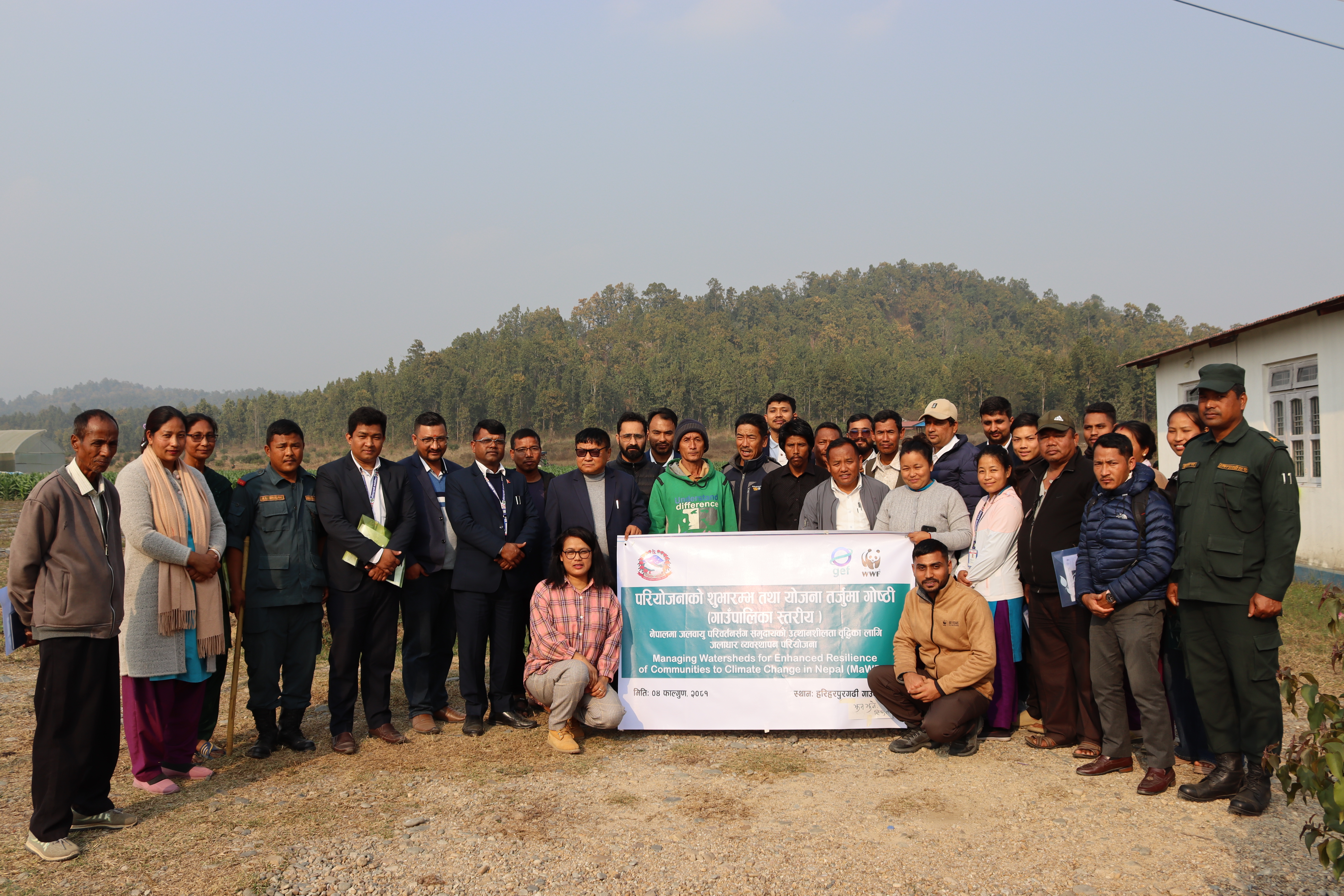 Project inception and stakeholder engagement workshop
Project inception and stakeholder engagement workshop
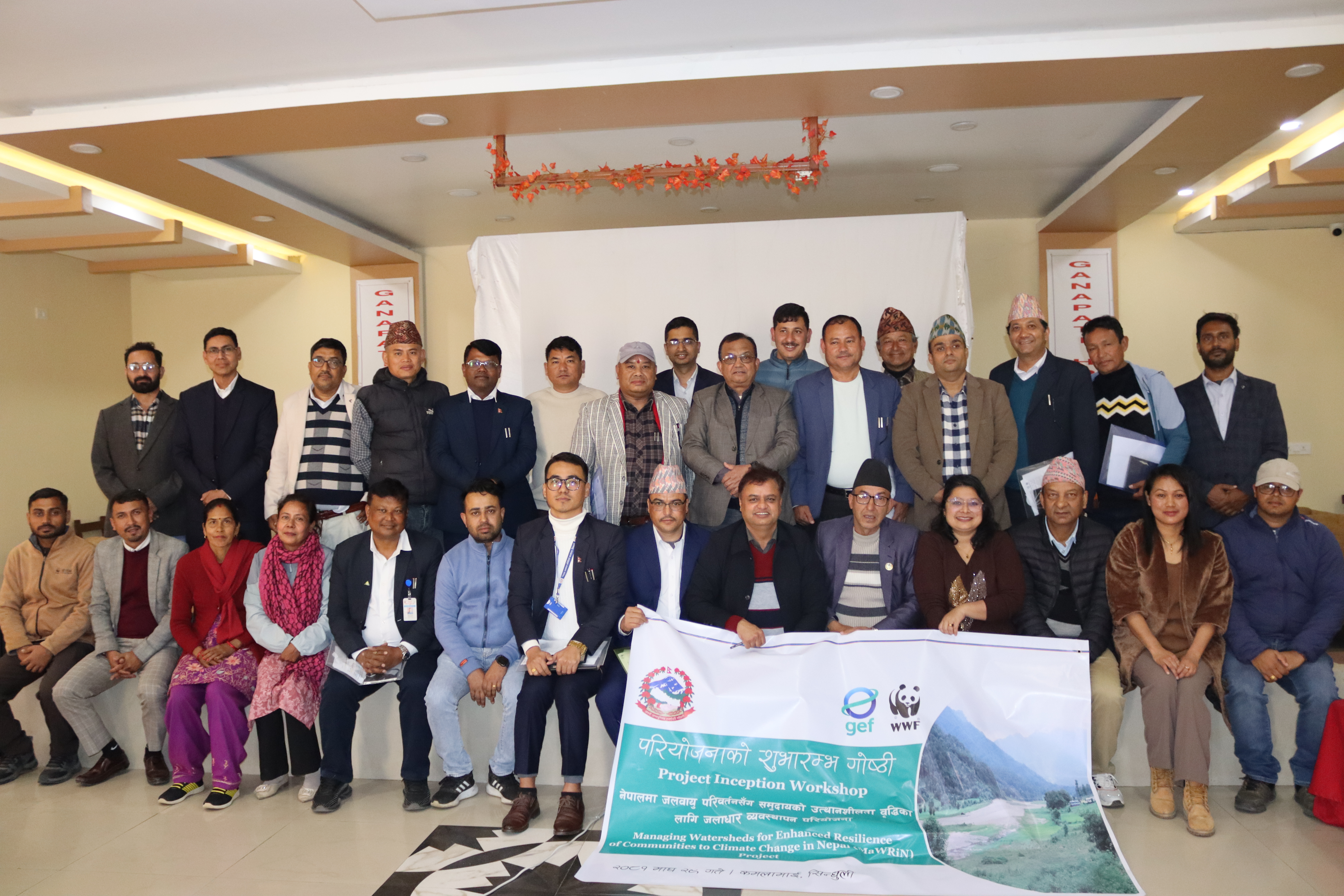 Project inception and stakeholder engagement workshop at district level
Project inception and stakeholder engagement workshop at district level
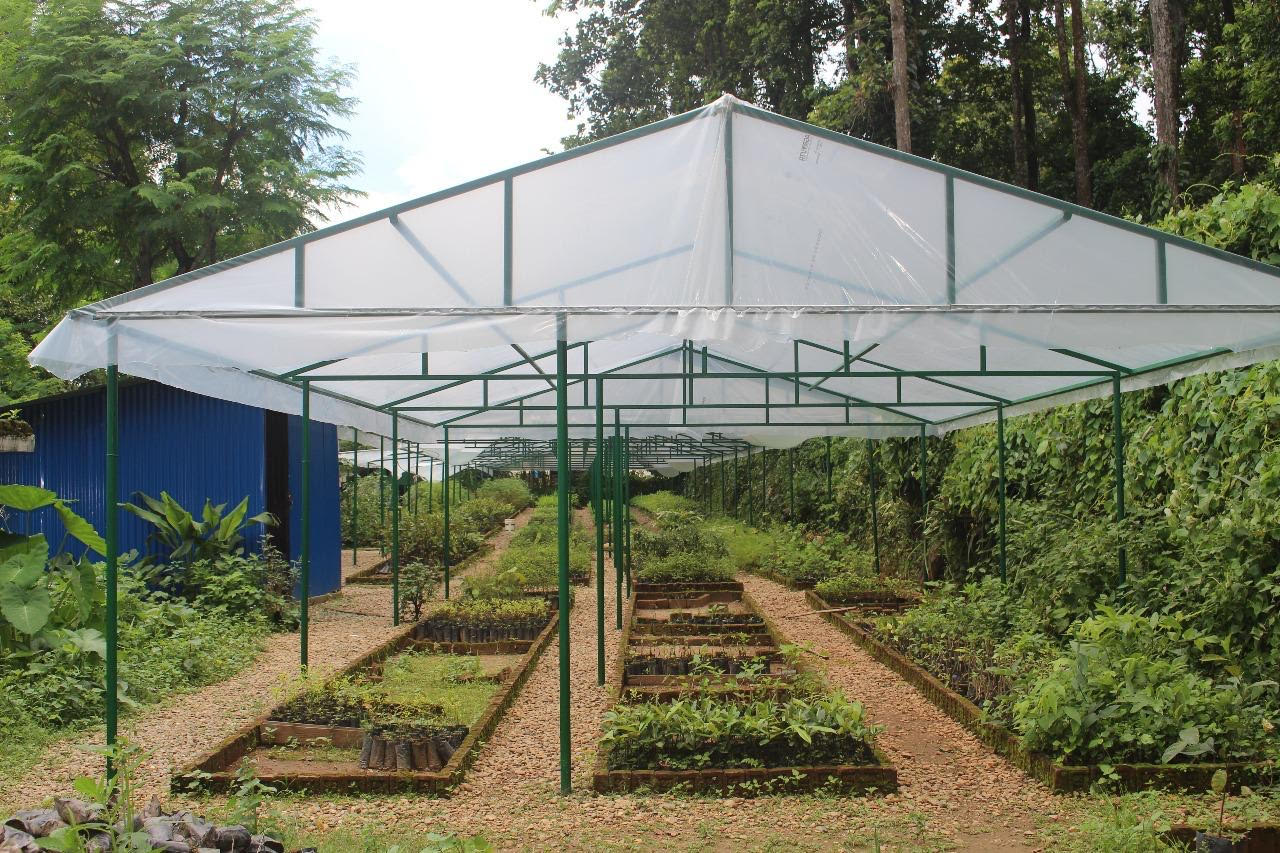 Multi-purpose nursery establishment
Multi-purpose nursery establishment
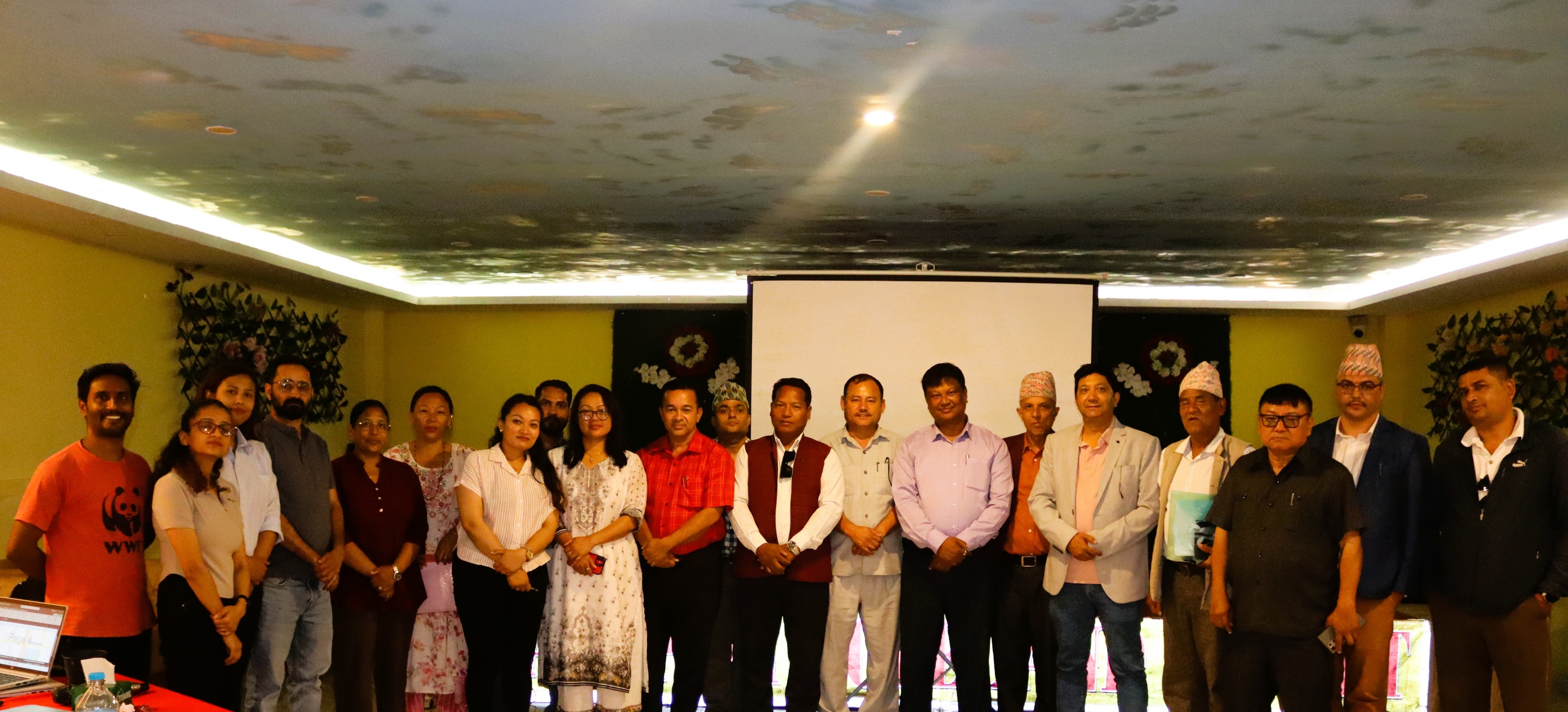 Project Coordination Committee ( PCC) Meeting
Project Coordination Committee ( PCC) Meeting
 Restoration and protection of water sources.
Restoration and protection of water sources.
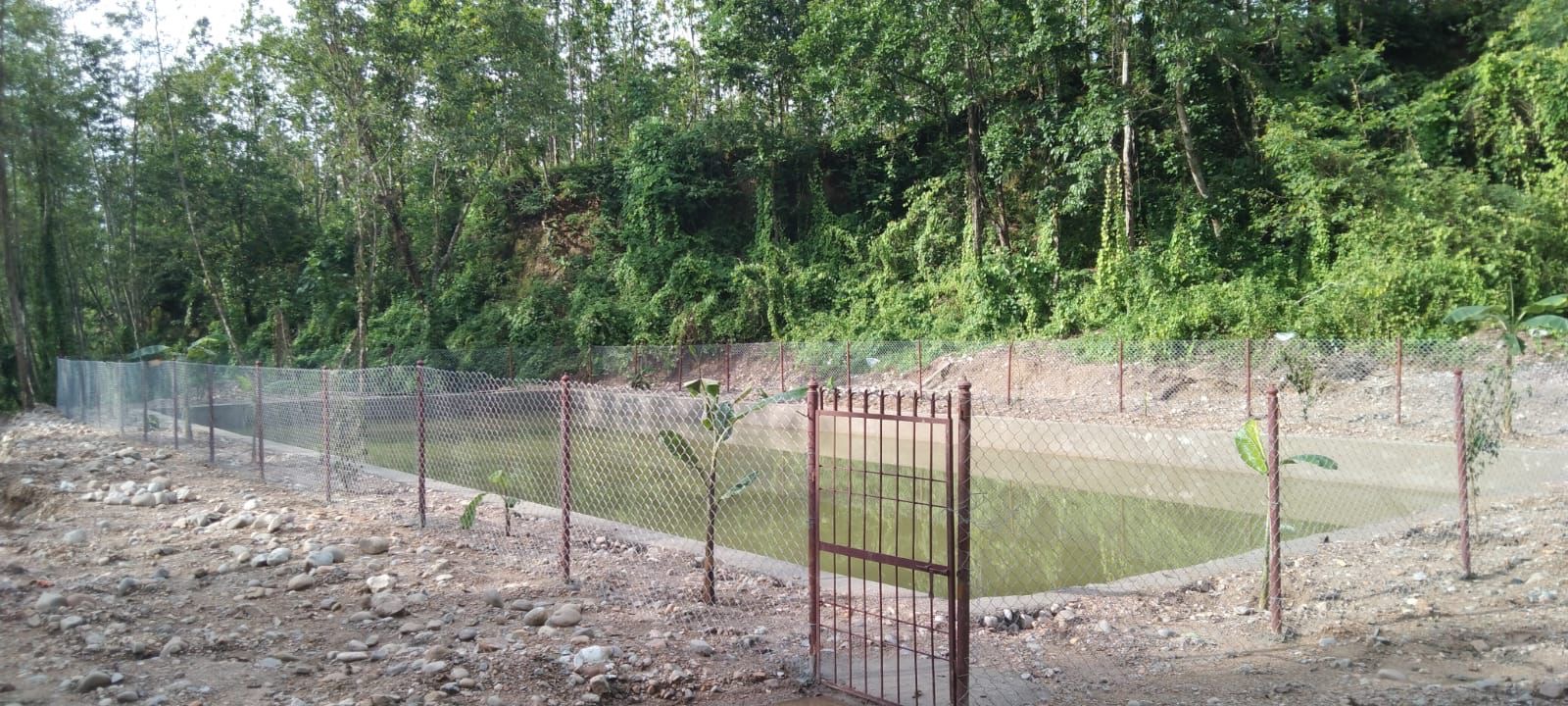 Fishery pond development.
Fishery pond development.
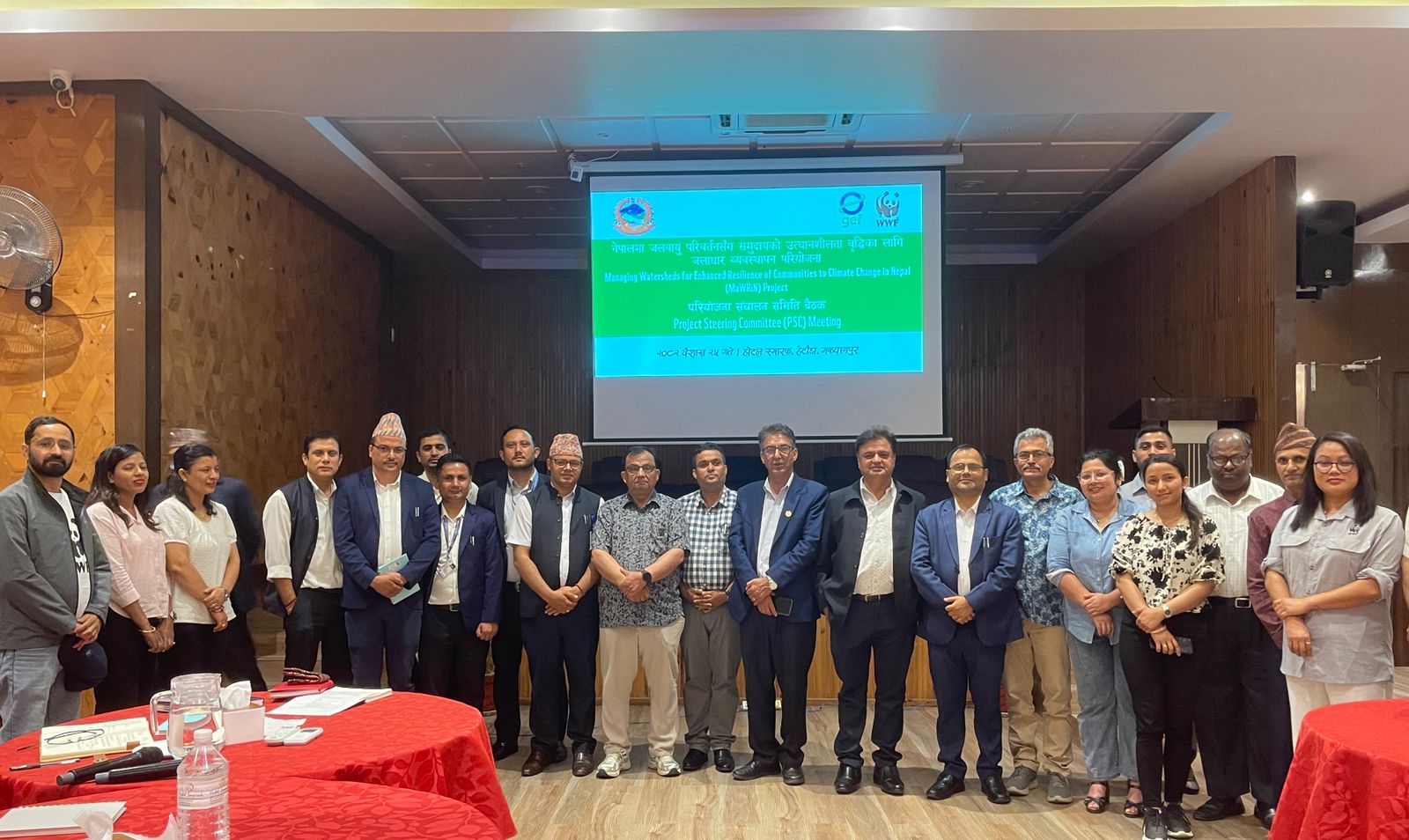 Project Steering Committee ( PSC ) Meeting
Project Steering Committee ( PSC ) Meeting
View More Photos
Grievance Redress
If you have any concerns, complaints, or feedback regarding the MaWRiN Project, we encourage you to report them through our grievance mechanism.
